When your Windows computer is lagging and bugging all of a sudden, there may be many factors that result in this frustrating issue.
You should address these potential causes to restore your computer’s performance and ensure a smooth user experience.
One possible culprit behind the sudden lag and glitches is the presence of malware on your computer. Malicious software can infiltrate your system, consuming valuable resources and causing your computer to slow down.
Another factor that can contribute to the problem is a corrupted file within the system processes. These corrupted files can disrupt the normal operation of your computer, leading to performance issues.
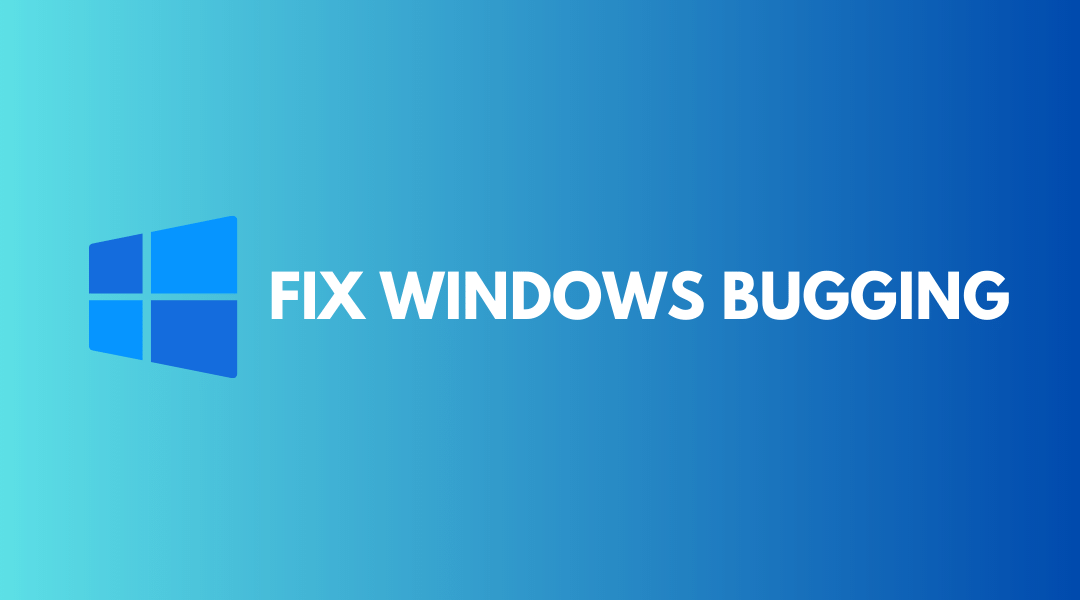
In such cases, running a thorough system scan or using built-in Windows repair tools, such as System File Checker (SFC) or Deployment Image Servicing and Management (DISM), can help identify and fix any corrupted files.
Additionally, overall system bugs can also cause your Windows computer to lag and behave erratically. These bugs can arise from software conflicts, outdated drivers, or compatibility issues.
To resolve the sudden lagging issue on your computer, kindly refer to the following methods to remove the disruptive lagging/bugging Windows.
Methods to Fix Bugging Windows
Each method listed below has been tried and tested by our experts because there could be several factors for this problem. If the first one doesn’t work for you, try the next one until the problem is fixed.
Step 1: Utilize System File Checker and DISM Cleanup
DISM Cleanup and the command-line tool Windows System file checker can be used to verify the stability of all significant system files. Additionally, it checks to determine whether any system files are missing or corrupted by comparing them to their original versions.
1 Click the Windows Button from the keyboard and search for CMD or Command Prompt.
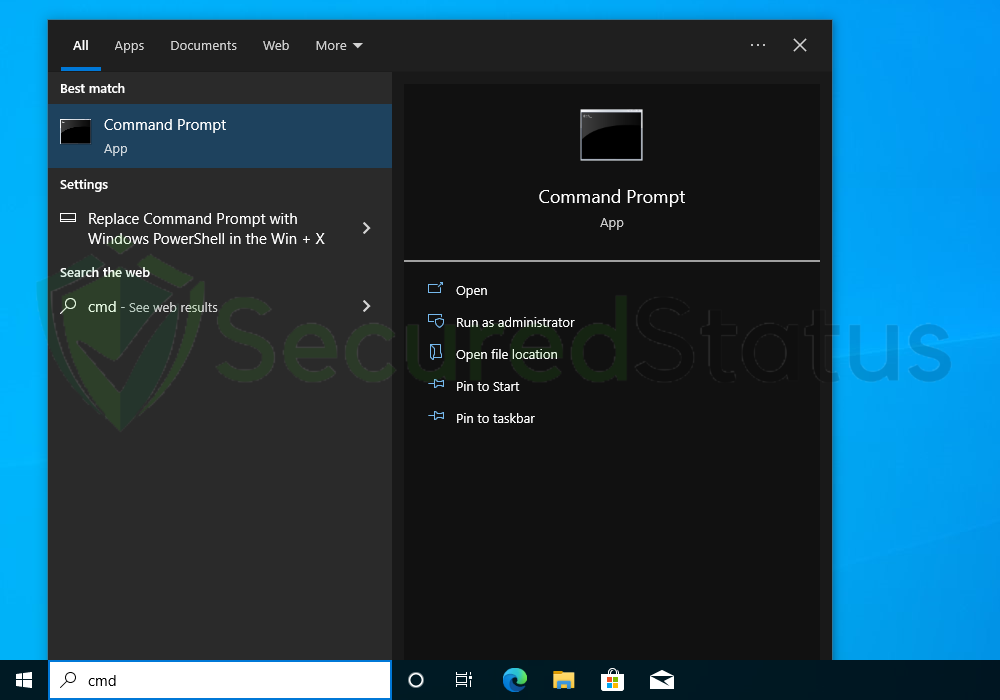
2 Right click the Command Prompt application and select Run as administrator.

3 The User Account Control confirmation message will pop-up, click Yes to proceed.
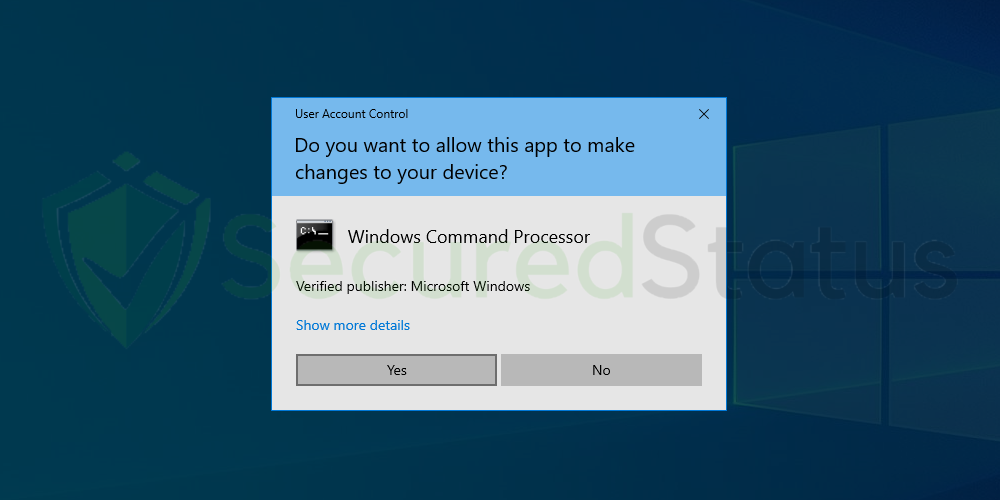
4 Once the Command Prompt opens, type sfc /scannow and hit enter. Please be patient for a few minutes as the scan will start and could take some time.
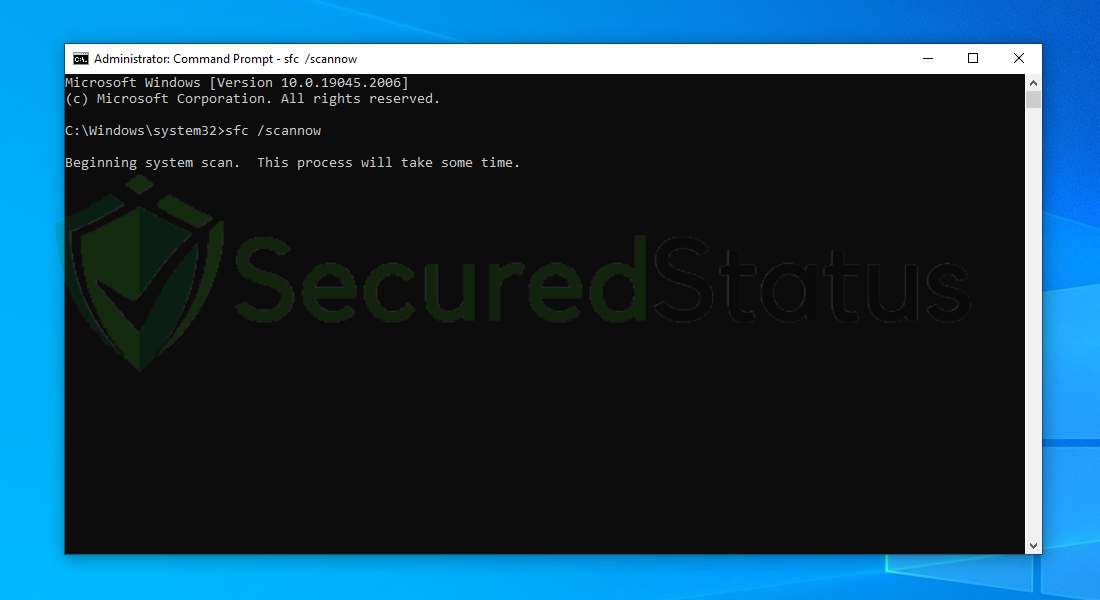
5 After the scanning process it will report that it have successfully found corrupt files and have repaired them.
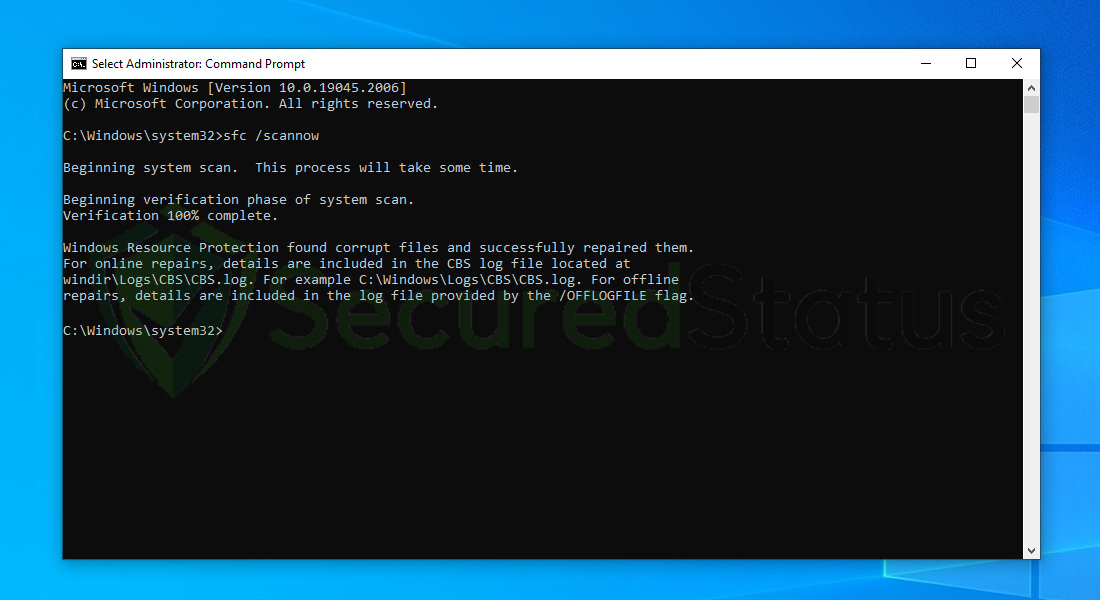
6 Next is to use the DISM Cleanup to patch faulty files in the computer system. Type dism /online /cleanup-image /scanhealth onto the command line and hit enter. Wait for a few minutes while it is scanning.
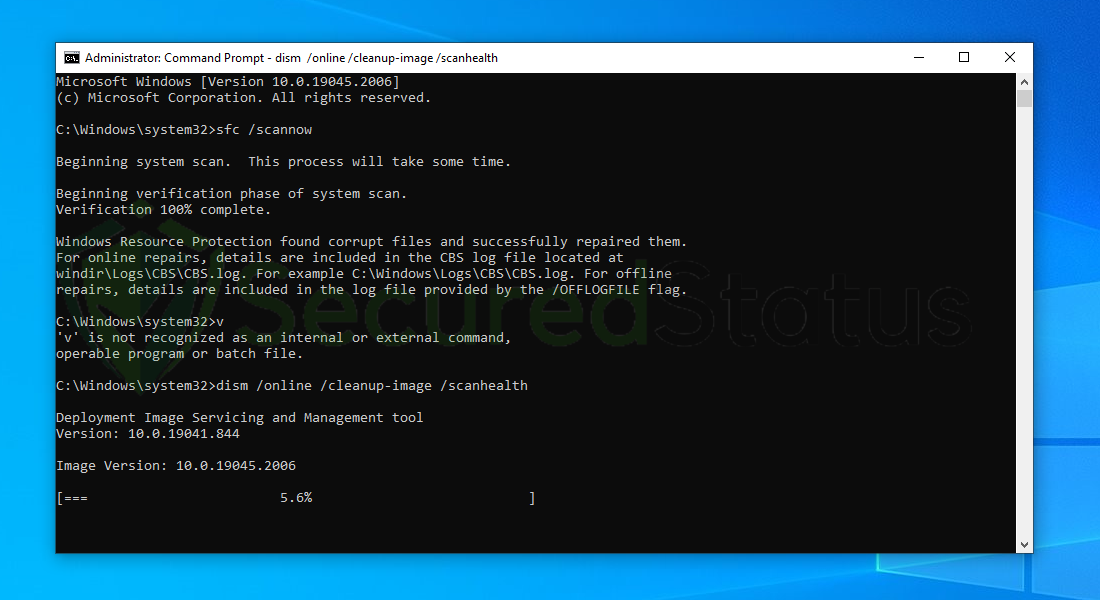
7 After the scan is complete, it will report that the operation is successful and that all corrupted components will be fixed.
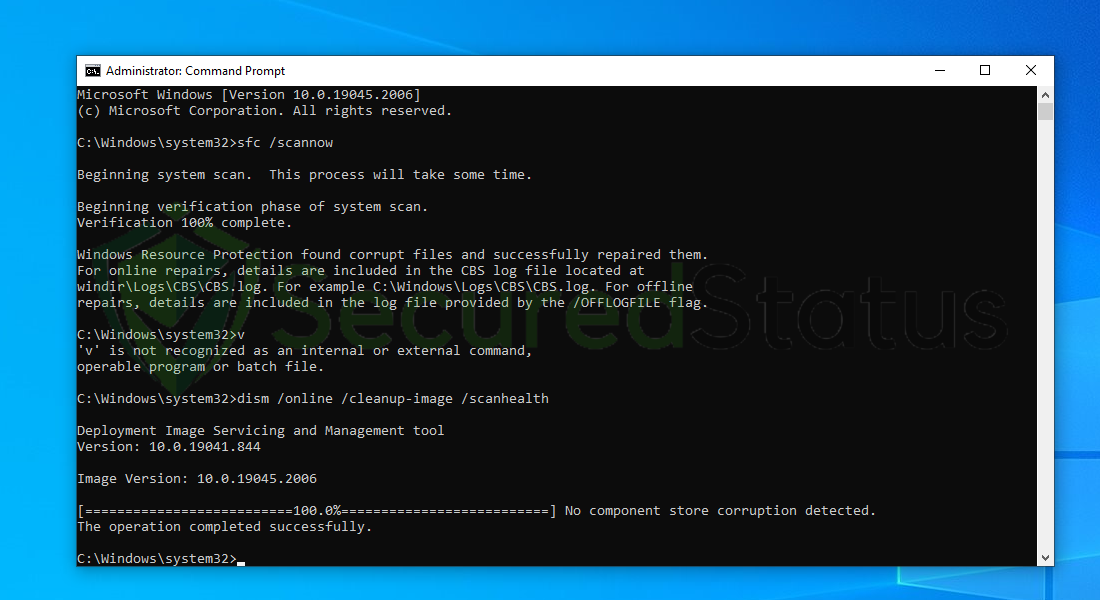
8 Lastly, in order to fix serious windows errors, we will use the restore health command. Type dism /online /cleanup-image /restorehealth and hit enter once again to start the scanning process.
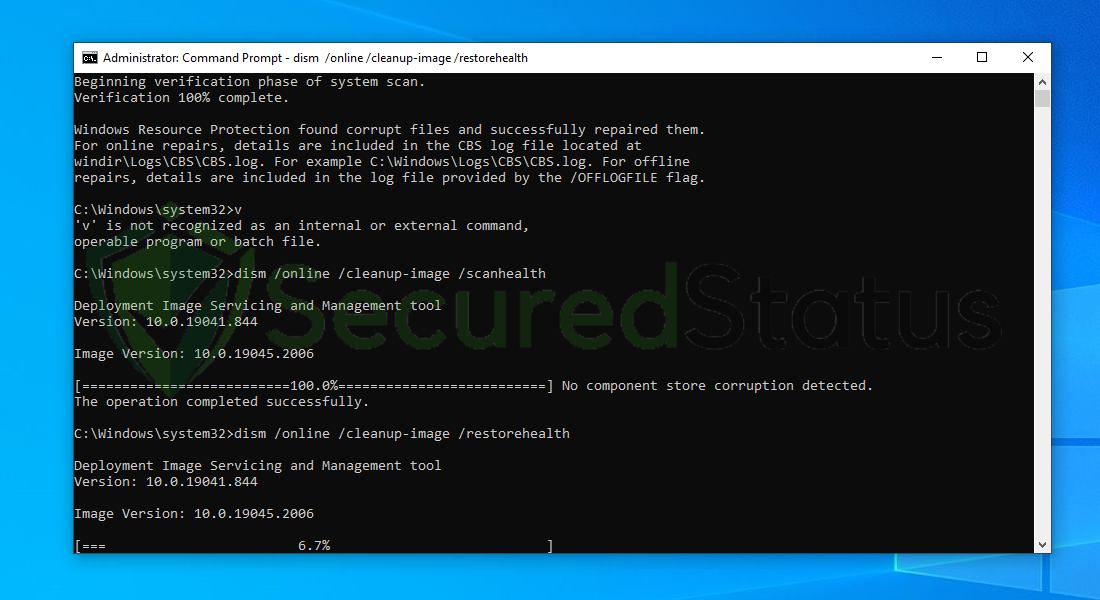
9 Once the scan is complete, it will report that the operation was successful and corrupted files and entries are resolved.
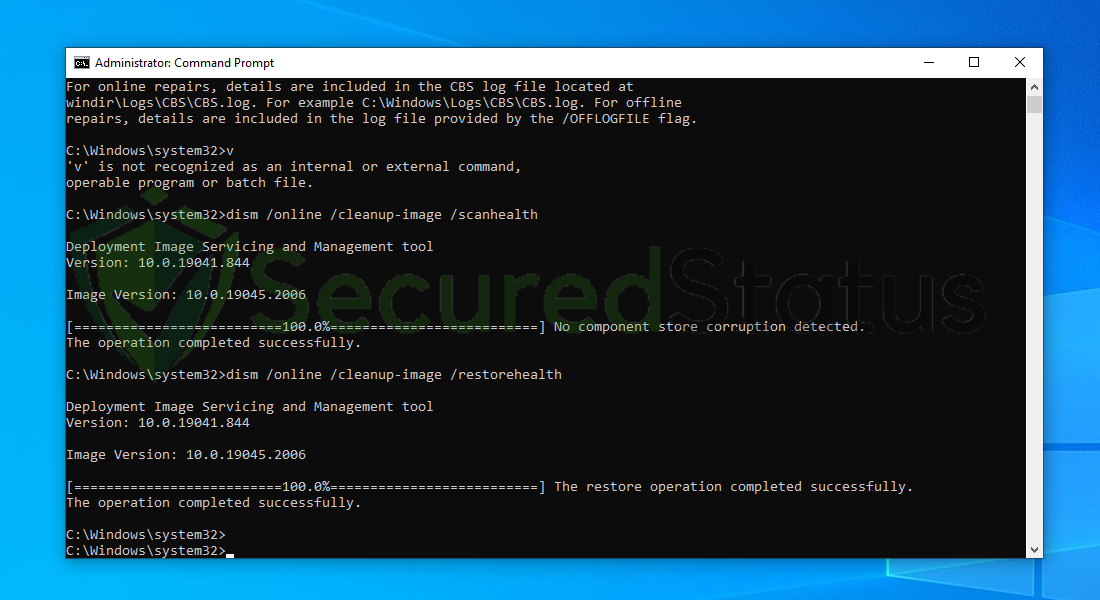
Step 2: Scan for Malware
Most of the time, lagging system is caused by malware inside the system. When it comes to removing malware-related problems on the computer, it is best to utilize the anti malware software provided by Malwarebytes.
We have determined that it can remove most types of malicious threats when we conducted malware tests.

Malwarebytes also offers a free 14-day trial when you download it for the first time, so you might want to use the remaining time of the trial to test out the premium features.
1 Click the button above to download the latest version of Malwarebytes Anti-malware.

2 Open the installation file after the download and follow the procedure shown.
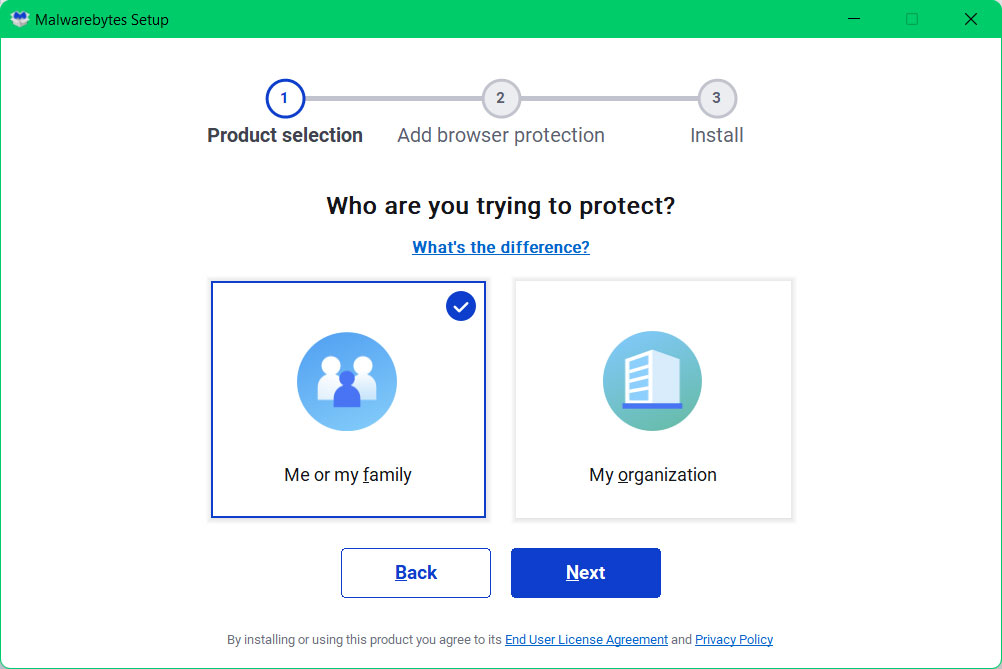
3 After following the software setup instructions, wait for the application to finish installing.

4 Once the application is installed, you may now run your first computer scan and wait for it to finish.
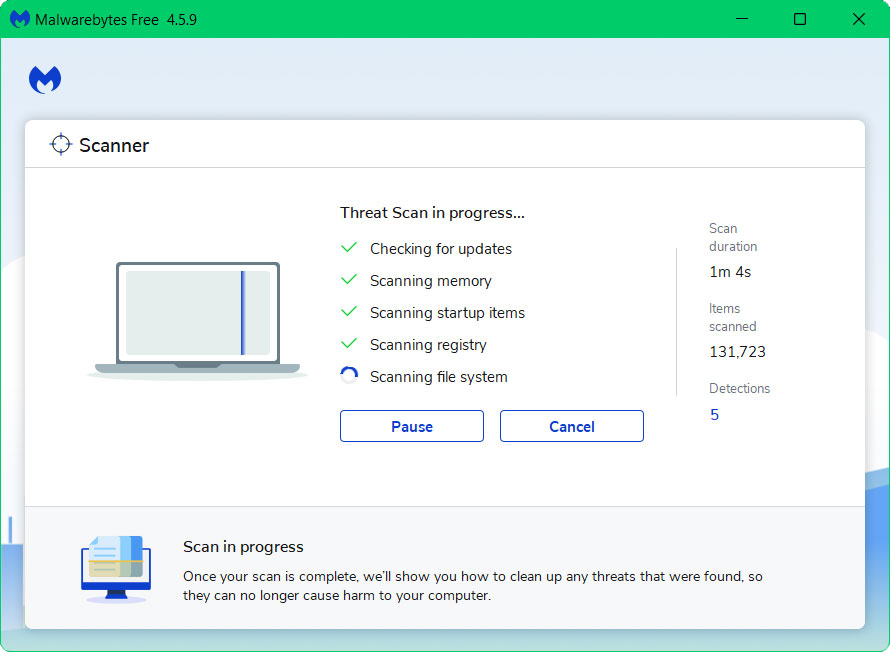
5 All discovered malware on the computer will be displayed on the screen, and you can eliminate them by pressing the “quarantine” button.
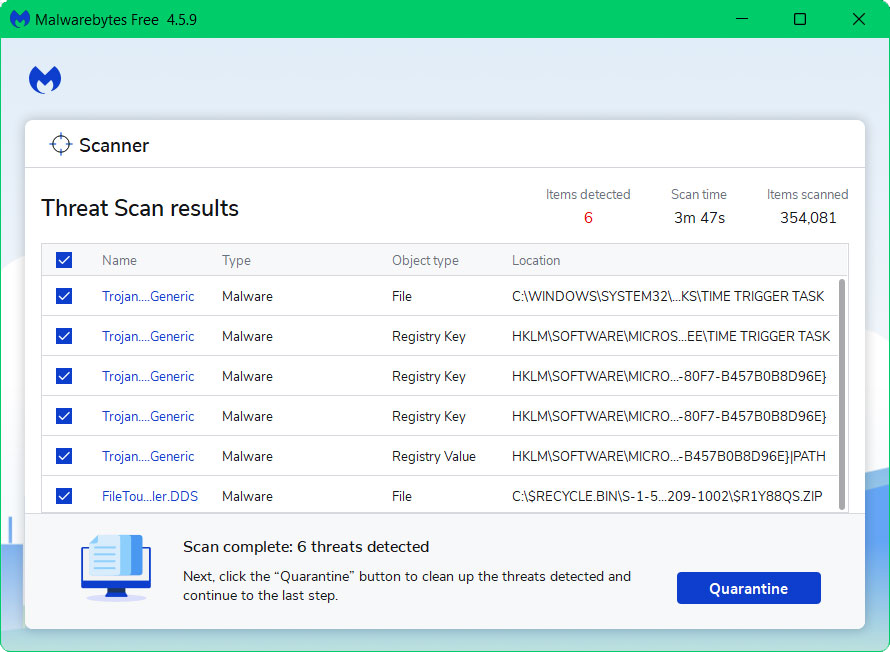
Any potential malware that may have been hiding on your system has now been eliminated, and the modifications it made to the system have been undone.
Alternative: Kaspersky Antivirus
If you visit numerous forums and websites, you will see most users agree that Kaspersky is one of the best antivirus tool available.
There is a chance that malware may still be present in the computer system specially if you have already encountered drive-by download malware.

Since each antivirus application has its own threat database, Kaspersky’s detection technology may be able to find viruses that the prior program missed.
To ensure sure the malware is completely removed from the system, we advise running a scan just in case. If you are downloading the application for the first time, you will also receive a 31-day premium trial.
1 Download the Kaspersky Security Cloud by clicking the button above.

2 Once the setup has finished downloaded, open the file and start the installation.

3 Wait until the wizard finds the latest version of the application or click Skip to install the current version stored.

4 Review the License Agreement. If you agree to its terms, click Continue.

5 Follow the installation instructions as shown then finally click install. (You may choose to uncheck the options shown if you do not want those features.)

6 Wait for the application to finish installing, then after the process is complete, click done.

7 Apply the recommended settings then start the application by clicking apply. Feel free to untick the options you do not desire.

8 You will be prompt to create an account and once you are finished, you will be redirected to the main screen. Select the Scan tab then click the run full scan and wait for it to complete. (Before scanning, we recommend you update the database to ensure any new malware variants are detected.)

9 After the scan has finished, the detected threats will be deleted from the computer.

Step 3: Use CCleaner to Clean Registry
CCleaner can be used for system maintenance, optimization, and the elimination of unnecessary and temporary files. It is also reputed to have a reliable registry cleaner, which can be useful in this circumstance.
1 Using your default web browser, go to the official CCleaner website and download the application. You may also click here to automatically redirect to the said webpage.
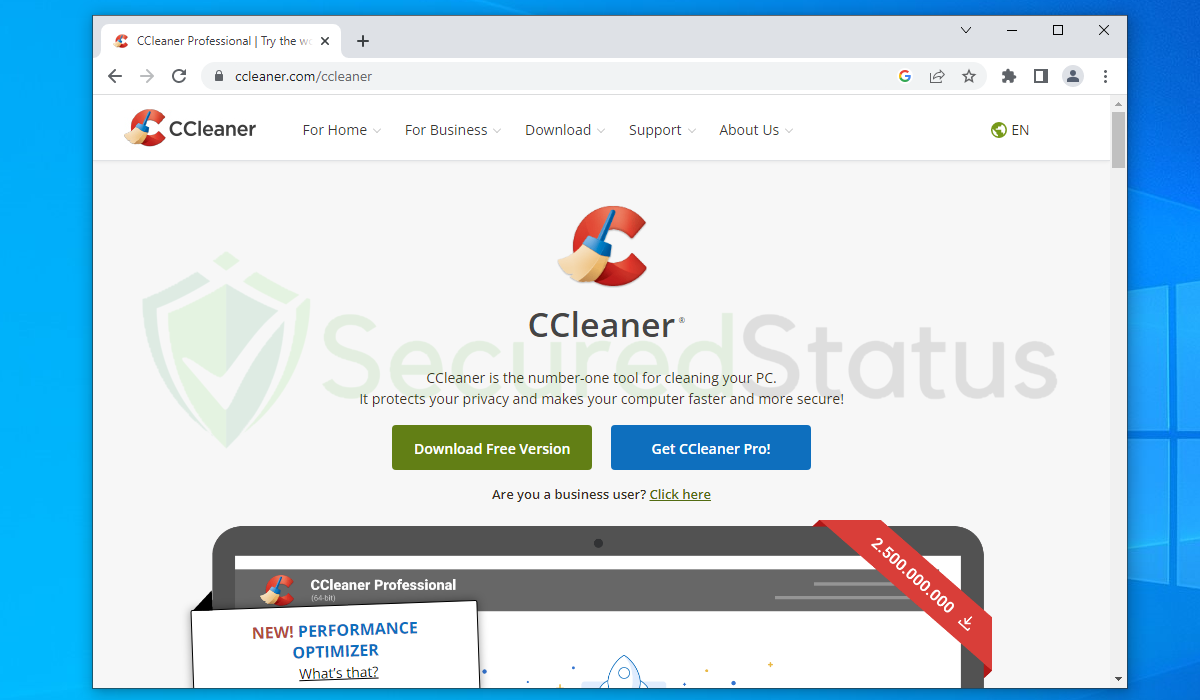
2 Click the application setup installation file (ccsetup*.exe) once it has finished downloading.
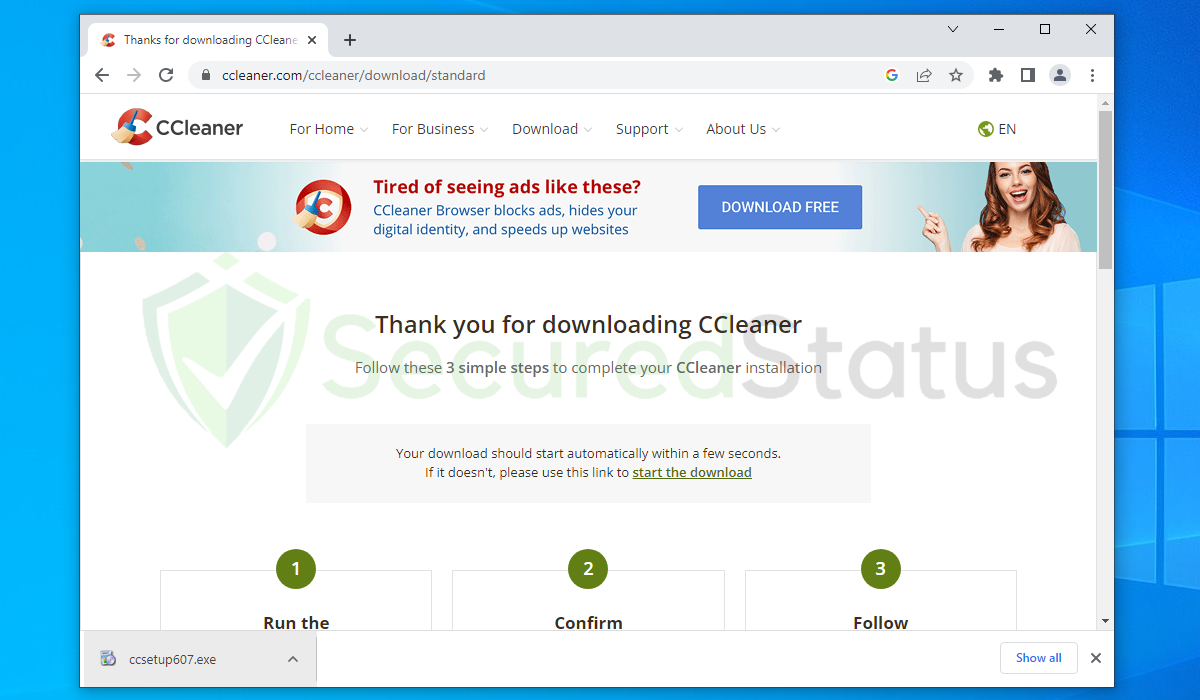
3 Once the CCleaner Installation program opens, follow the instructions given on the screen and finish installing the application.
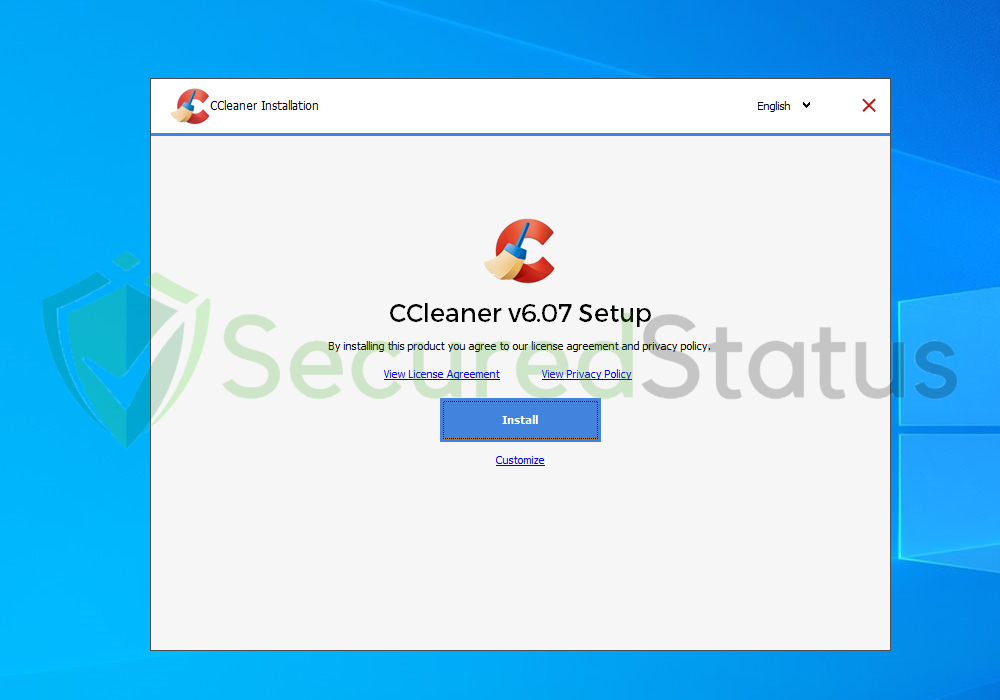
4 Wait for the program to finish installing CCleaner to the computer.
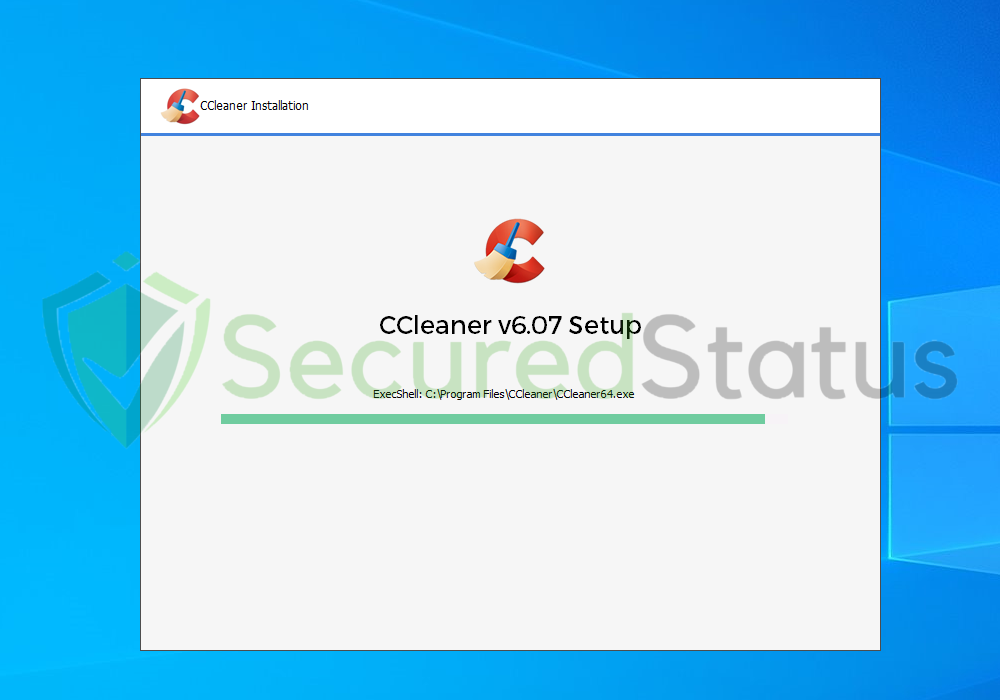
5 Once the setup has completed. Click on the Run CCleaner button to start the program.
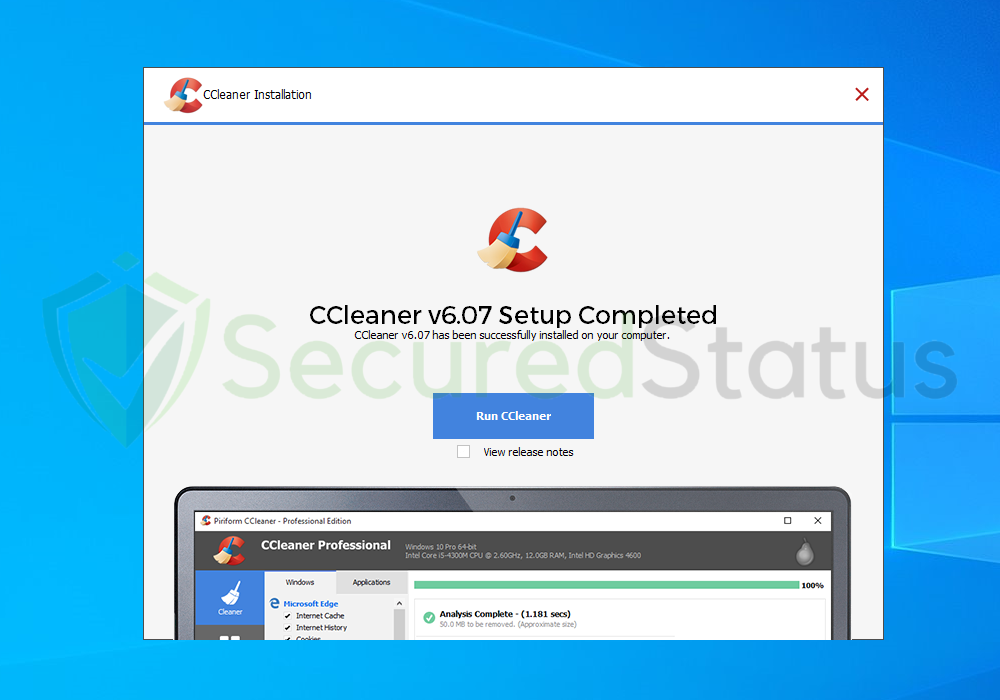
6 After CCleaner has opened, click Registry from the left side panel. Click Scan for Issues and wait for it to finish scanning.
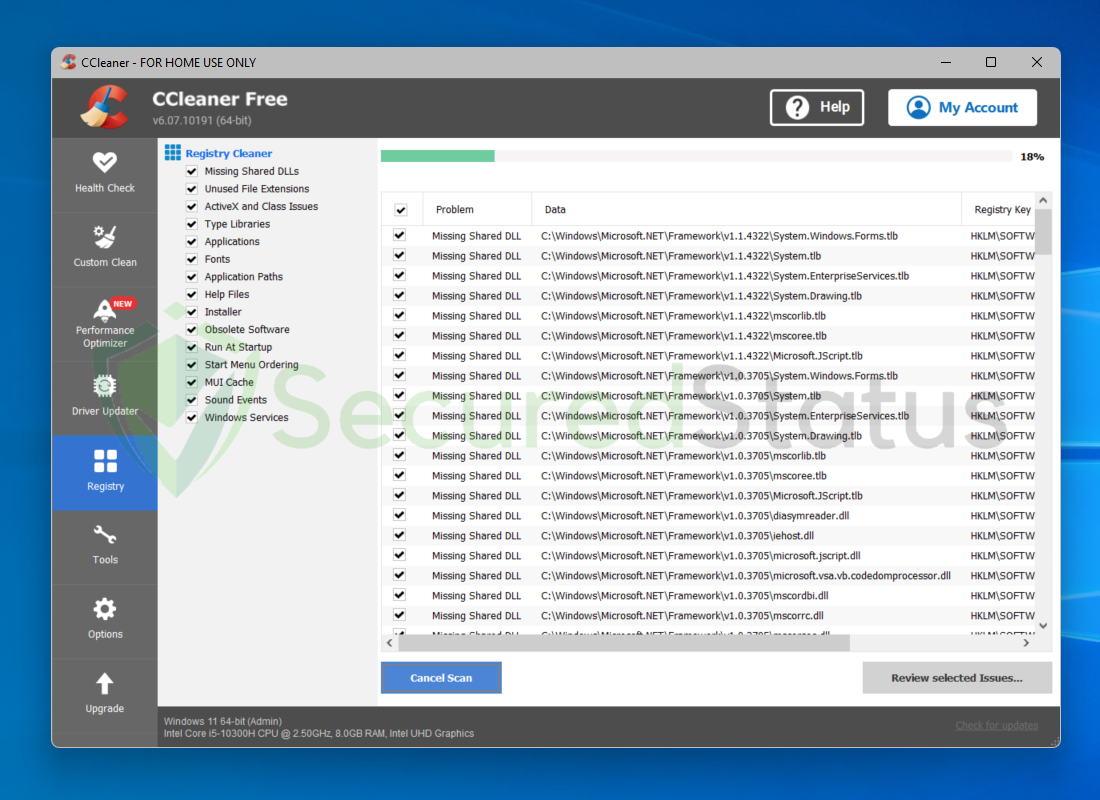
7 Click on the Review selected Issues once it has finished the scan. You will be prompted with a message stating that you may want to backup the registry before making changes. It will be your choice but we recommend you to do so.
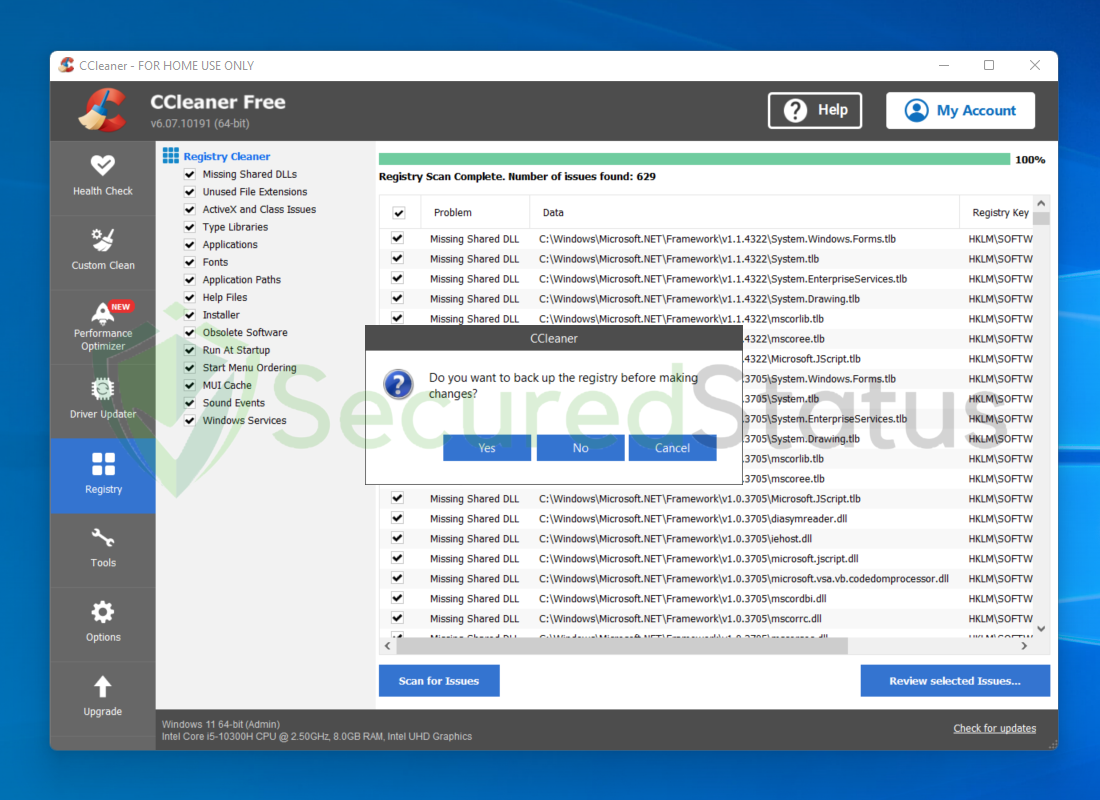
8 The registry problems as well as their required solution will be listed on the screen, select Fix All Selected Issues.

9 Now all the registry issues are fixed. It will be up to you whether you decide to keep the CCleaner application.
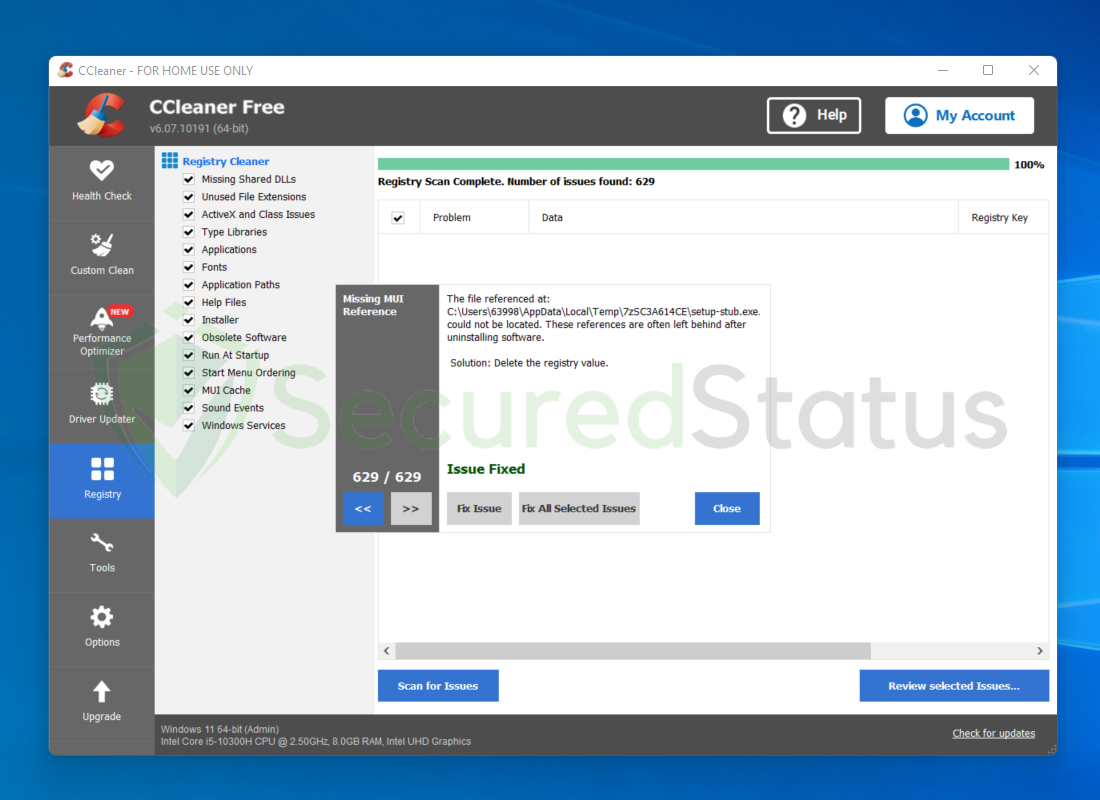
Method 4: Reset the Computer (Optional)
If none of the previous approaches were successful, this should be the last resort. Reinstalling Windows will essentially solve the issue because it will return everything to default settings as if the computer were brand new.
1 Click the Windows Button and select Settings (cog wheel icon) from the left sidebar

2 Once Settings opens up, scroll down and click Update & Security.
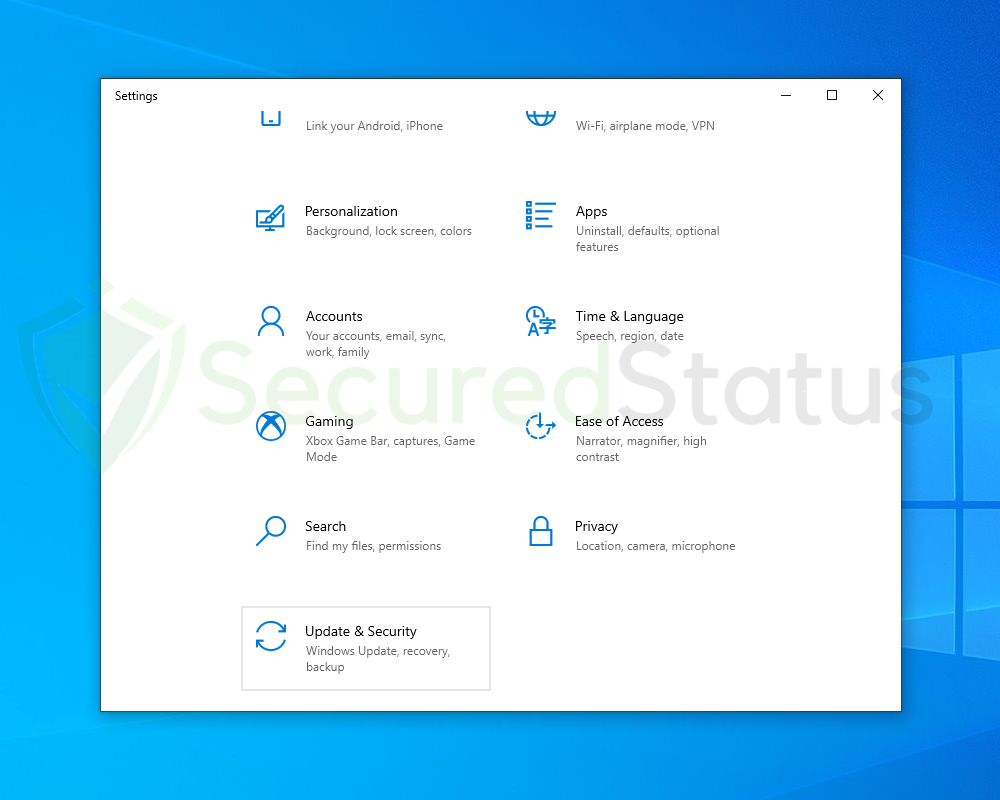
3 Select Recovery from the left sidebar and under Reset this PC, click Get started.
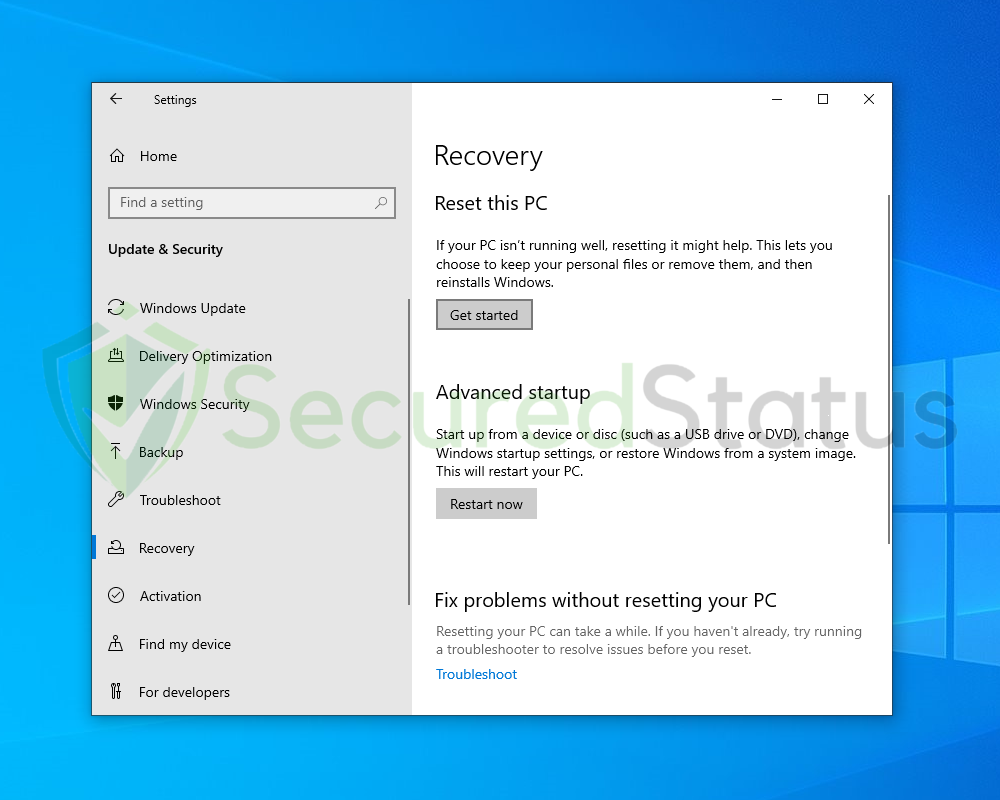
4 You will be presented with two options. Select Keep my files if you wish to retain everything in your computer or choose the later if you would like to reset everything. Follow the instructions and wait until the reset is complete.

After successfully completing the aforementioned steps, you have effectively resolved the issues causing your Windows computer to lag and bug.
